- Unit10 Nov 2010
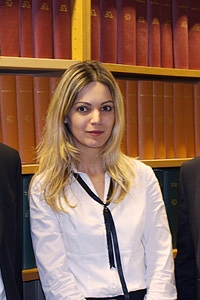
Limbic encephalitis (LE) is a CNS disease characterized by subacuteonset of memory loss and epileptic seizures. The paper shows that LEantibodies enhance the excitability of hippocampal CA3 pyramidal cellsproviding a cellular mechanism for the disease phenotype. This resulthas been obtained through a collaborative effort between group of MarcoCapogna, at our MRC Unit and the group of Angela Vincent at theWeatherall Institute of Molecular Medicine of the John Radcliffe Hospital.
Lalic, T., Pettingill, P., Vincent, A. & Capogna, M. (2010) Human limbic encephalitis serum enhances hippocampal mossy fiber-CA3 pyramidal cell synaptic transmission. Epilepsia, DOI: 10.1111/j.1528-1167.2010.02756.x Full text (PDF).
- Unit8 Nov 2010
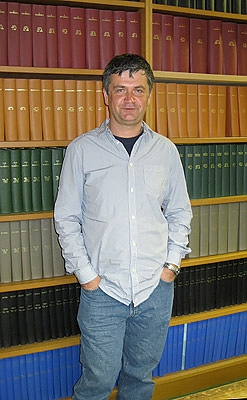
Jozsef received the ad hominem title of Professor of Neuroscience at the University of Oxford, Department of Pharmacology in recognition of his research contribution and teaching. All Unit members rejoice and wish him a productive and enjoyable continuation of his brilliant career.
- Unit8 Nov 2010
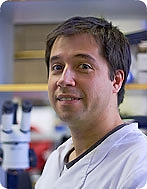
Dr Pablo Henny joined the Unit in December 2006, and returned to his home country of Chile last month. As well as his appointment as an Assistant Professor at the Department of Anatomy, Faculty of Medicine, Universidad Católica de Chile in Santiago, he was also awarded a grant from National Commission for Scientific & Technological Research (FONDECYT). The funded for 3-years, the project is entitled "Anatomical, neurochemical and physiological characterisation of individual inhibitory neurons of the rat medullary reticular formation recorded and labelled in vivo, and their relevance for normal and pathological motor state control".
Dr. Henny explains the the aims of his project:This is a basic research project in neuroscience and its aim is to contribute to the understanding of the neuronal mechanisms responsible of the changes in motor activity that are observable across different sleep-wake states. These mechanisms allow posture and movement during wakefulness, as well as the decrease and absence of motor activity during different sleep states.
Knowing the neuronal circuits that underlie these changes is not only important to understand motor control from a biological point of view, but also to understand what happens when these mechanisms fail, resulting in disorders such as narcolepsy or REM sleep behaviour disorder, as well as the motor and sleep complications observed in a large number of patients suffering Parkinson's Disease, for instance.
We will study the medullary reticular formation, a brain region directly involved in muscle tone regulation. Using neuroanatomical and neurophysiological techniques, we will attempt to define the identity, activity and connections of individual neuron which may be involved in this process, using an anaesthesia model which resembles natural sleep states.
Everyone at the Unit wishes Pablo continued academic success, and much happiness with his growing family- his first child, Victor, was born only days before leaving for Chile.
- Unit4 Nov 2010
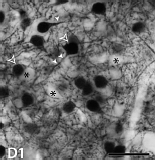
Published in this week's issue of the Journal of Neuroscience: Natalie M. Doig, Jonathan Moss, and J. Paul Bolam. Cortical and Thalamic Innervation of Direct and Indirect Pathway Medium-Sized Spiny Neurons in Mouse Striatum. J. Neurosci. 2010 30: 14610-1461.
- Unit18 Oct 2010
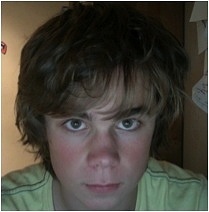
Eoin is in the Bolam lab for a week of work experience. He is studying for his GCSEs at present at Wheatley Park School. He aims to to all sciences and maths for his A-levels and will apply to study medicine at University.
- Unit21 Sep 2010
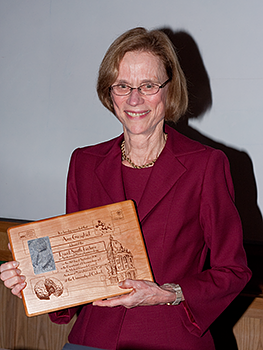
Habits, Rituals, and the Evaluative Brain
The 5th David Smith Lecture in Anatomical Neuropharmacology was given on the 21st September, by Prof. Ann Graybiel, McGovern Institute, MIT, Cambridge, USA.
The lecture was set up to celebrate the vision of the previous Chair of Pharmacology Prof. A. David Smith, Honorary Associate Director and founder of the Unit, and the successful conclusion of the latest quinquennial scientific review of the Unit.
To commemorate the Lecture, Prof. Graybiel received a laser engraved cherry wood plaque, designed by Unit Artist Ben Micklem and illustrating aspects of anatomical neuropharmacology at Oxford from molecules to the brain.
- Unit16 Sep 2010
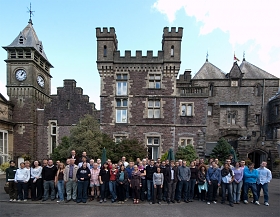
Members of the Unit, students and visitors travelled to the Brecon Beacons National Park in Wales for Science Day on the 16th and 17th September which took place at the splendid Craig y Nos Castle. The science was exciting and the service excellent from the friendly and helpful staff. The history and stunning ambience of the Castle made for an unusual and inspirational venue and the views, walks and wildlife were exceptional. We were privileged to have the presentations take place in the unique Theatre, which was built by the opera diva Adelina Patti who during her lifetime (1843-1919) became one of the world's most famous and highly regarded entertainers.
Presentations featured on-going projects and future proposals together with a very large number of poster presentations. As usual, the lively discussions appeared far too short; Thomas Bienvenu won the Director's £10 prize for the most incisive questions.
The Keynote Speaker was Dr Mate Lengyel from the Computational & Biological Learning Lab of Cambridge University Engineering Department, who gave a talk on "Normative approaches to theoretical neuroscience: from behaviour to neurophysiology". http://www.eng.cam.ac.uk/~m.lengyel.
We were accompanied by Honorary Group Leader, Professor Thomas Klausberger, and some 12 members of his team from the Centre for Brain Research, Vienna, Austria, http://cbr.meduniwien.ac.at. and they presented their current research. Full details of the programme and list of attendees.
On Friday afternoon some 50 energetic members went on an adventurous mountain walk whilst the troglodytes among us others went to explore the fascinating Dan Yr Ogof Caves before returning to Oxford.
- Unit10 Sep 2010
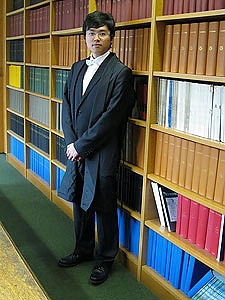
Congratulations to Gengyu Li who was awarded an MSc in Pharmacology by discussing his dissertation entitled 'Temporal pattern of GABA released by hippocampal neurogliaform cells'.
- Unit10 Sep 2010
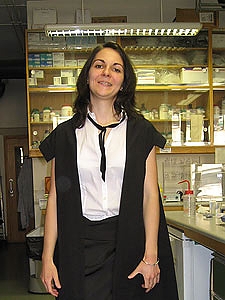
Many congratulations to Linda Katona who passed her MSc in Neuroscience. Her project was entitled 'Activity patterns and inputs of in vivo recorded axo-axonic cells in the CA3 area of the rat hippocampus'
- Unit1 Sep 2010
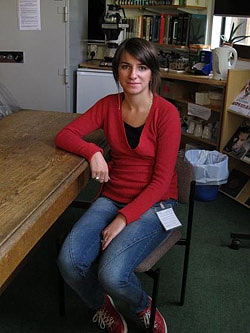
We are pleased to welcome Daria Gendosz, who has joined Marco Capogna's Labas a visitor from the Wroclaw Medical University, Poland.
Daria will study the role of matrix metalloproteases in synaptic plasticity at hippocampal synapses, with immunohistochemical methods.